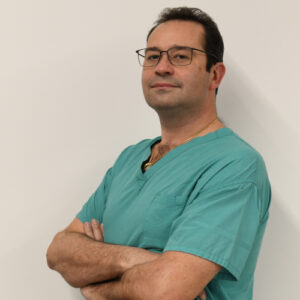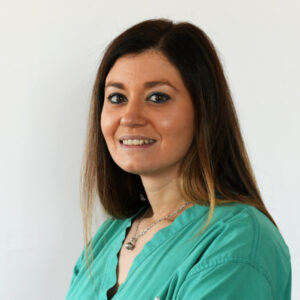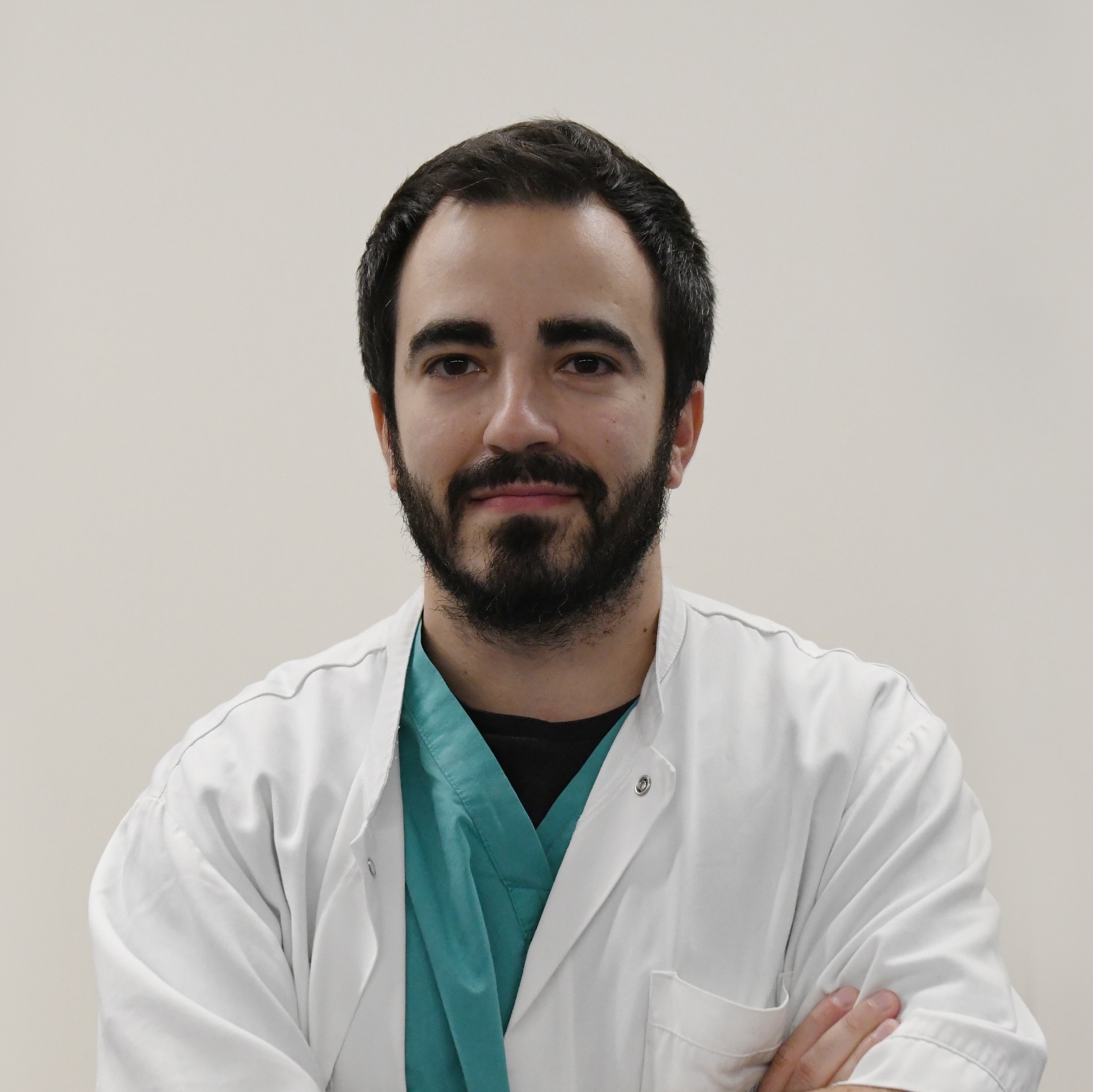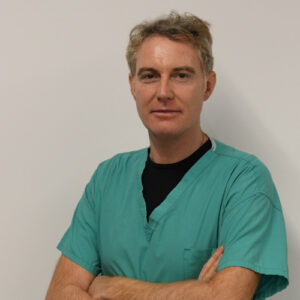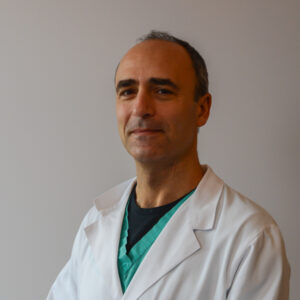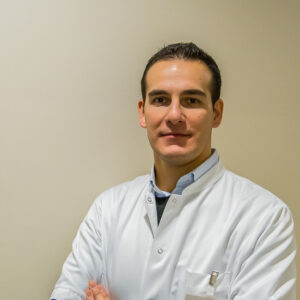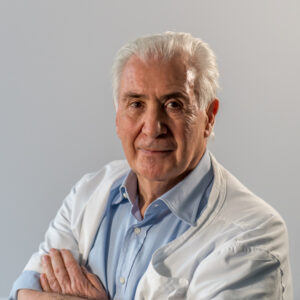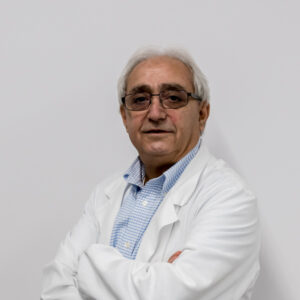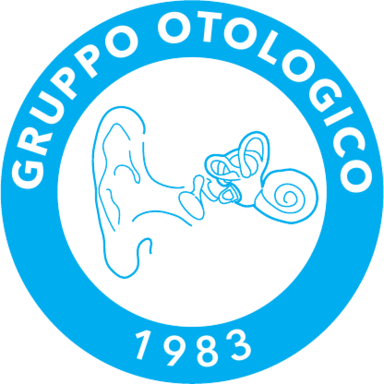Hearing Aids
Hearing aids, or hearing prostheses, are small electronic devices applied behind or inside the ear, which allow people with neurosensory hearing impairments to recover part of their hearing, significantly improving their quality of life.
The hearing aids work by transmitting amplified sound vibrations to the wearer, i.e., at a higher volume than the real one.
In other words, they act like the volume control on a television (which raises the sound levels). The hearing aids are highly technological devices that can help you live life to the fullest.
To operate in this way, a typical hearing aid uses three elements:
- a microphone, to capture sound vibrations;
- an amplifier, to increase the volume of otherwise inaudible sound vibrations;
- a speaker, to channel the amplified sound vibrations to the internal structures of the ear.
Each of us can have a different hearing loss, experience different listening situations, and have a unique lifestyle. There are two main types of hearing aids:
- behind-the-ear hearing aids (worn behind the ear)
- in-the-ear hearing aids (or intra-aural) that the wearer wears inside the ear.
Both of these types include various subtypes, which may be more or less suitable for certain categories of patients. Each hearing aid specialist is able to advise and help choose the optimal solution, through hearing prostheses, for each specific case based on the hearing loss.
A hearing prosthesis specially prepared and tailored to the type of hearing loss, when indicated, is certainly the most comfortable and effective means we have today to overcome deafness.
The treatment of hearing losses has a positive impact on the quality of life. Today’s advanced devices are discreet and capable of processing sounds, making them much clearer.
The casings may be more or less similar, but it is the technology inside that matters. The hearing prostheses can be classified based on parameters such as size, wearing mode, different ways of processing sounds, number of microphones, and type of transducer, into performance categories.
In the overview of models, the choice of performance category will depend on hearing, listening needs, lifestyle, personal preferences; they can never fully restore hearing, but they will certainly help to hear better.
Completely-in-Canal (CIC): a CIC hearing aid is so small that it is practically “invisible” from the outside. CICs are completely customized. They can only be used if the hearing loss allows it and if the ear canal is sufficiently wide, and since they use very small batteries, they also require good manual dexterity. In-the-Ear (ITE): This type of hearing aid is worn almost entirely within the outer ear canal; a definite advantage is more natural listening, and it is well accepted from an aesthetic point of view
. Gli In-the-ear hearing aids have limitations in their gain potential; therefore, the risk of a failed prosthesis becomes greater as deafness increases.
Behind-the-ear (BTE): These hearing aids are worn behind the auricle.
Over time, behind-the-ear hearing aids have become smaller and more elegant. Their larger size compared to other devices allows for more complex electronic circuits and more powerful amplifiers for cases of severe hearing loss and/or particularly difficult cases. The coupling between the hearing aid and the structures of the outer ear and ear canal is achieved through the so-called curve, the tube, and the earmold.
Receiver in the ear (RITE): Suitable for all types of hearing loss, it has quickly become the most popular hearing aid model. It is lightweight, very small and almost invisible, easy to wear. The sound travels along a thin electrical wire to a receiver inserted into the external ear canal. The earpiece does not completely occlude the canal itself, allowing for clearer and more natural sound quality.
Eyeglass hearing aids: They are indicated for conductive hearing loss in cases where local conditions make it impractical or contraindicate the closure of the external ear canal due to purulent otitis with otorrhea and specific inflammations. The electronic components are housed inside one or both arms of the frame. The receiver is replaced by a vibrator that rests on the mastoid bone to transmit vibrations to the cochlea. Wireless accessories: Although new technologies make speech comprehension enjoyable in many situations, sometimes hearing aids alone are not enough. For this reason, the wide range of wireless accessories offers numerous advantages in difficult listening situations and better speech comprehension in noise and at a distance. Thanks to the latest products, it is now much easier to make and receive phone calls, listen to music, and watch TV.
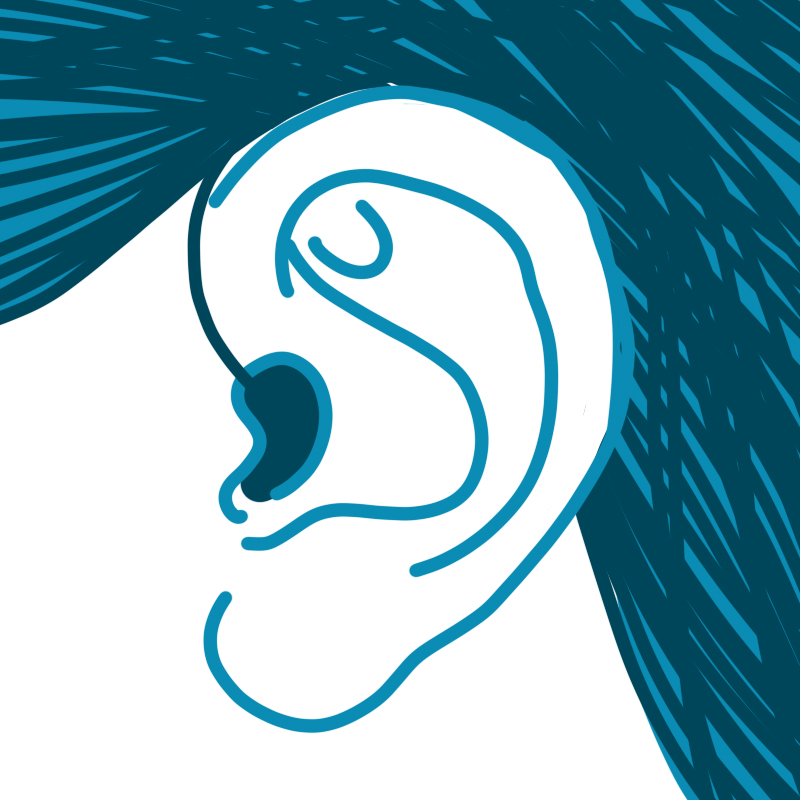
video
Doctors
Dott. Antonio Caruso
Otorinolaringoiatria, Otologia, Neurotologia, Chirurgia della Base Cranica, Chirurgia Endoscopica dei Seni Paranasali
Dott.ssa Vittoria Di Rubbo
Otorinolaringoiatria, Otologia, Chirurgia della Base Cranica, Neurotologia e Chirurgia Endoscopica dei Seni Paranasali
Dott. Giuseppe Fancello
Otorinolaringoiatria, Otologia, Neurotologia, Chirurgia della Base Cranica, Chirurgia Endoscopica dei Seni Paranasali, Laringologia
Dott.ssa Anna Lisa Giannuzzi
Otorinolaringoiatria, Otologia, Neurotologia, Chirurgia della Base Cranica, Vestibologia
Dott. Lorenzo Lauda
Otorinolaringoiatria, Otologia, Neurotologia, Chirurgia della Base Cranica, Chirurgia Endoscopica dei Seni Paranasali, Chirurgia Riabilitativa del Nervo facciale
Dott. Enrico Piccirillo
Otorinolaringoiatria, Neurotologia, Chirurgia della Base Cranica, Chirurgia Endoscopica dei Seni Paranasali, Oncologia Testa-Collo
Dott. Gianluca Piras
Otorinolaringoiatria, Otologia, Neurotologia, Chirurgia della Base Cranica, Chirurgia Endoscopica dei Seni Paranasali
Dott.ssa Alessandra Russo
Otorinolaringoiatria, Otologia, Neurotologia, Chirurgia della Base Cranica, Chirurgia Ricostruttiva del Padiglione Auricolare
Prof. Mario Sanna
Otorinolaringoiatria, Otologia, Neurotologia, Chirurgia della Base Cranica
Dott. Abdelkader Taibah
Otorinolaringoiatria, Otologia, Neurotologia, Chirurgia della Base Cranica
contacts
Via Morigi, 41
29122, Piacenza (PC)
Tel. (+39) 0523.751280
WhatsApp – 389.2625175
ufficio.privati@casadicura.pc.it

